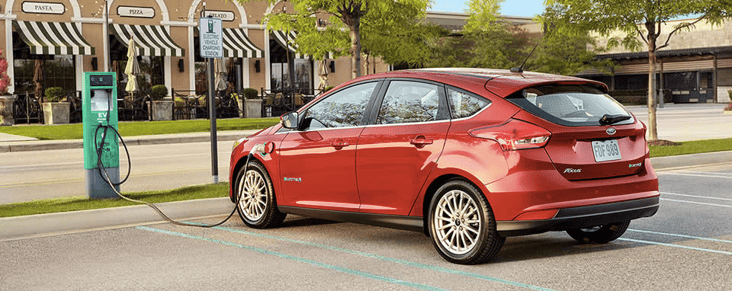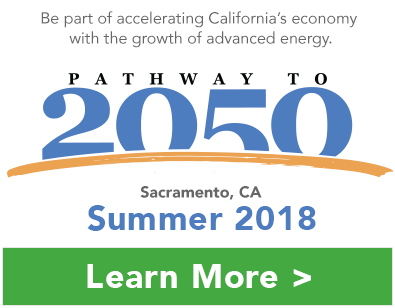
California has longstanding vehicle electrification goals in place. The state is actively implementing its ambitious Zero-Emission Vehicle (ZEV) mandate and is hoping to reach Gov. Brown’s goal of 1.5 million ZEVs on the road by 2025. While more Californians are choosing cleaner, more fuel-efficient vehicles, challenges remain. The California Air Resources Board (CARB) estimates that by 2030, 5 million vehicles will need to be on the road to reach the state’s greenhouse gas emission (GHG) reduction goals. Although leading nationally with at least 225,000 electric vehicles (EVs) now on the road, California falls woefully short in trajectory to meet its target. To address this challenge, AEE is co-sponsoring AB 1184, a bill authored by Assemblymember Phil Ting, which would create the California Electric Vehicle Initiative (CEVI). Modeled on the successful California Solar Initiative, which brought the solar industry to cost-competitive scale in the Golden State, CEVI aims to simultaneously tackle three critical elements of the transportation electrification equation: customer adoption, stable long-term funding, and build-out of charging infrastructure.
Research has consistently shown that the most important drivers of consumer EV adoption are upfront purchase incentives and widespread availability of charging stations. Unfortunately, the EV market is limping along as these components remain in a chicken-and-egg relationship. CEVI would solve this conundrum – and make EVs take off, in California, and across the country.
Customer Adoption
Without a reliable, long-term incentive program to provide a clear signal to both consumers and manufacturers, car companies hesitate to commit the time and money required to offer a range of affordable EVs for sale, and dealers may refrain from pitching these vehicles if they are not sure rebates will be available to sweeten the deal. Consumers, in turn, will remain reluctant to buy EVs if a lack of charging infrastructure gives them “range anxiety” (fear that they’ll run out of juice before they reach their destination). AB 1184 would offer a long-term rebate program to give automakers, dealers, and customers a sustained price signal that EVs are in the money.
Stable Funding Source
To provide that long-term signal, the bill aims to develop a program that is not subject to annual appropriation by the Legislature, but rather has a specified length and scope with well-defined funding. Currently, rebates for ZEVs come from cap and trade revenue, which is appropriated annually based on wildly fluctuating auction proceeds, creating uncertainty about funding for these incentives. AEE is working with Assemblymember Ting’s office and other stakeholders to find an alternative funding mechanism for customer rebates that would free up cap and trade revenue for other transportation priorities, such as heavy duty and bus investments, while providing a more certain future for the passenger vehicle rebate program.
Charging Infrastructure
The proliferation of visible and ubiquitous charging stations – especially in disadvantaged communities, multi-family dwellings, “long-dwell” locations (think shopping malls), and at workplaces – is crucial to spurring EV adoption at scale. AB 1184 proposes to ensure that infrastructure build-out is done in parallel with the growth of EV purchases. The California Public Utilities Commission (CPUC) is currently evaluating pilot programs attempting to understand the effectiveness of various ownership and deployment models, and considering additional proposals for another $1 billion in deployment of charging stations. AB 1184 will direct the CPUC to adopt regulatory approval processes that accelerate the proliferation of charging stations in concert with the purchase of EVs by consumers.
Specific bill language for AB 1184 is still being hammered out, as AEE continues to meet with the author’s office and other stakeholders to ensure benefits will be realized for all Californians. But the bill recently passed out of its first policy committee hearing in the Assembly and is headed to Appropriations for further discussion.
Debate is still to come, but AB 1184 provides a new and constructive approach to moving the state’s vehicle electrification efforts into high gear. AEE will continue to be at the heart of this discussion.
Want to learn more? Come to our Pathway to 2050 event in Sacramento on June 21, where an expert panel will explore, “Advanced Transportation: The Future is Electric, but how long will it take?”
